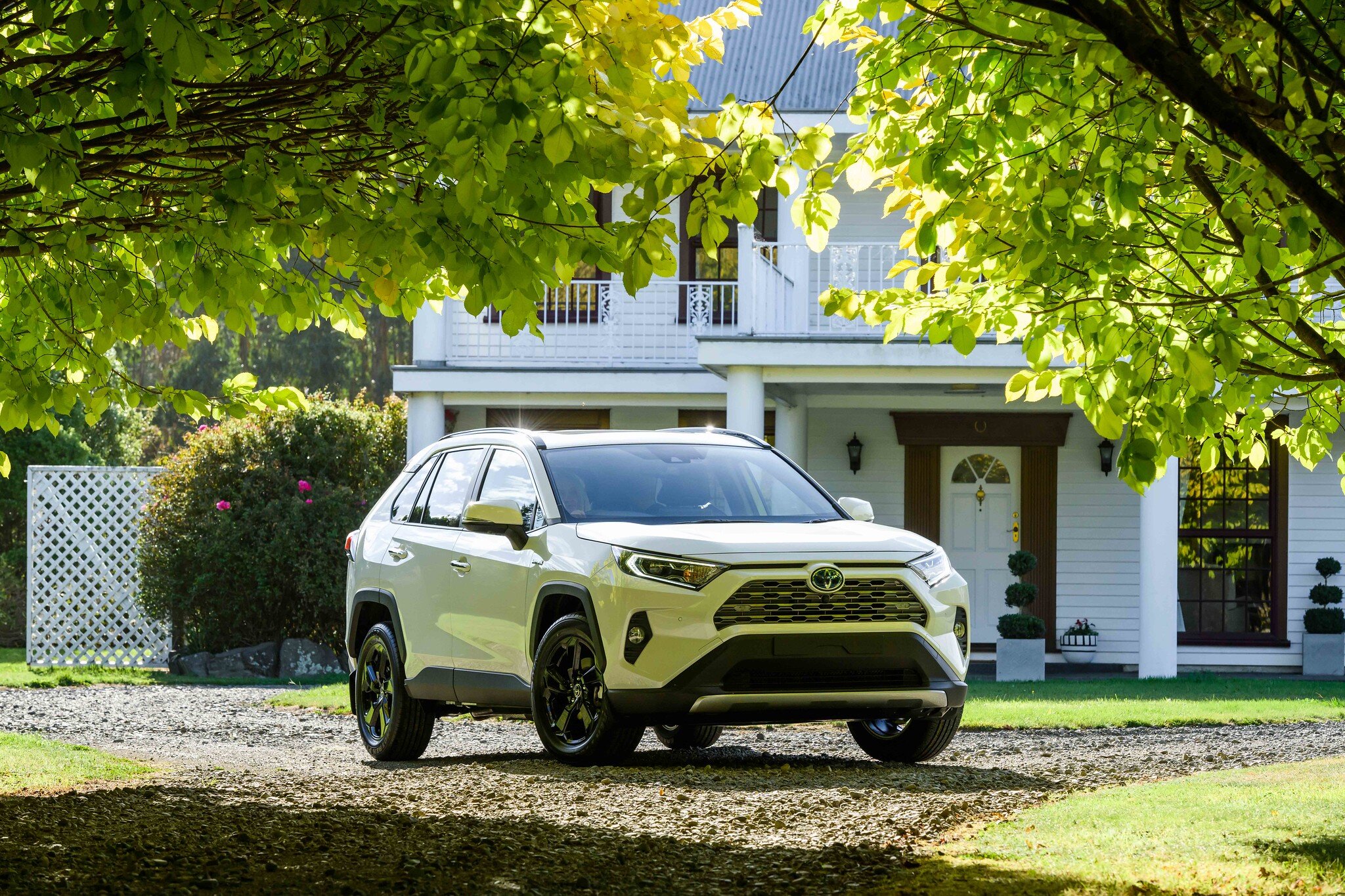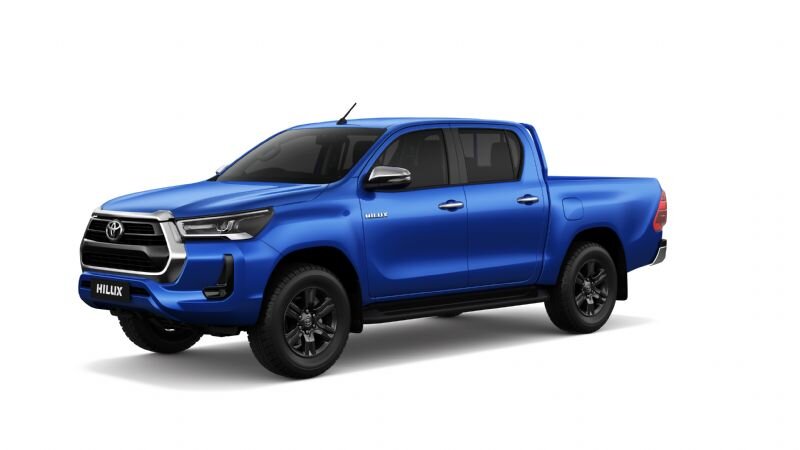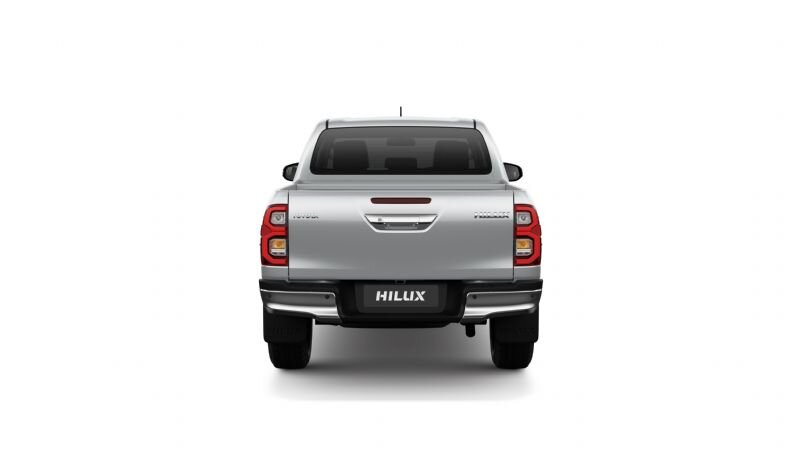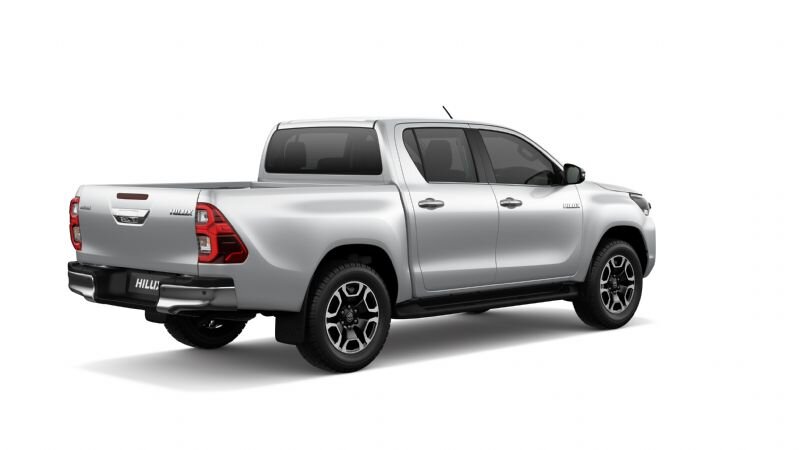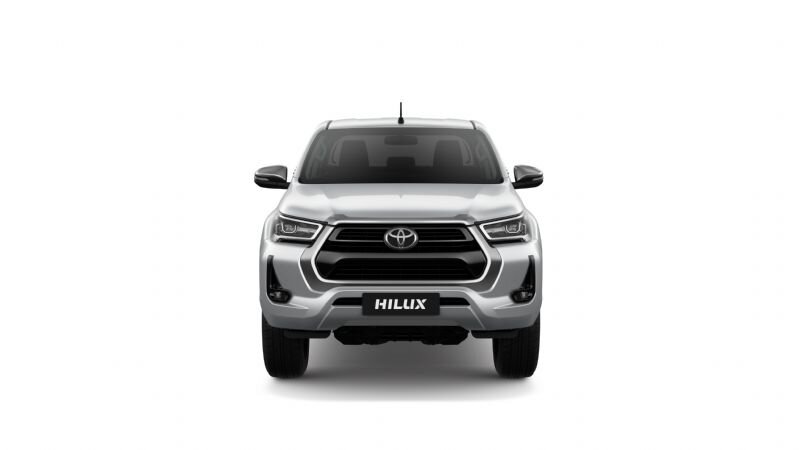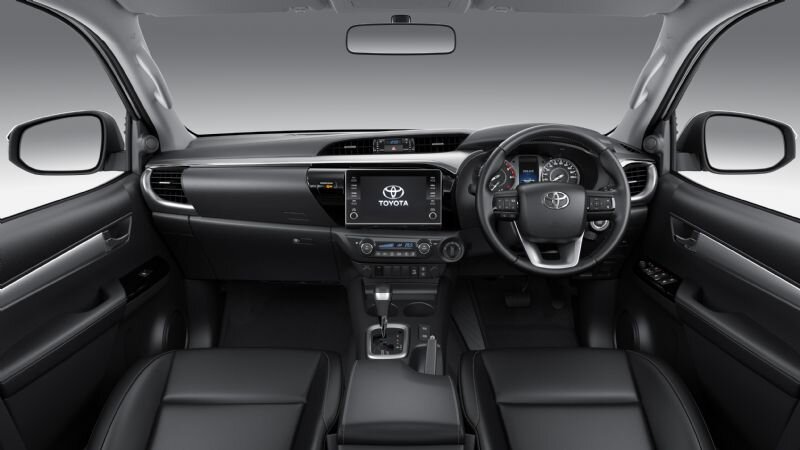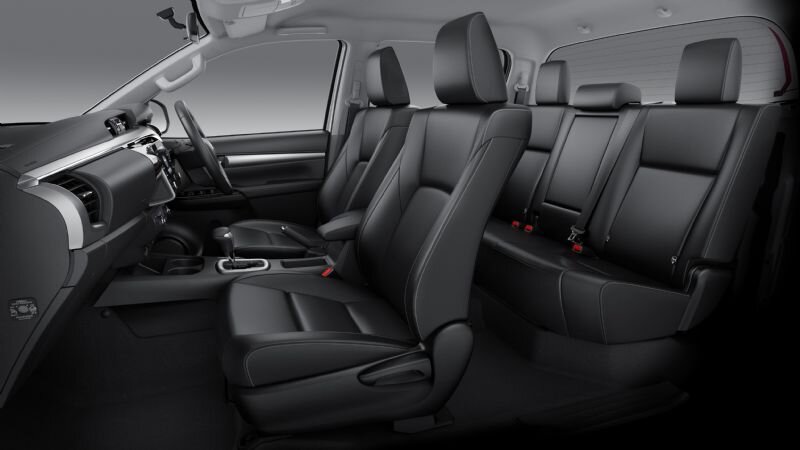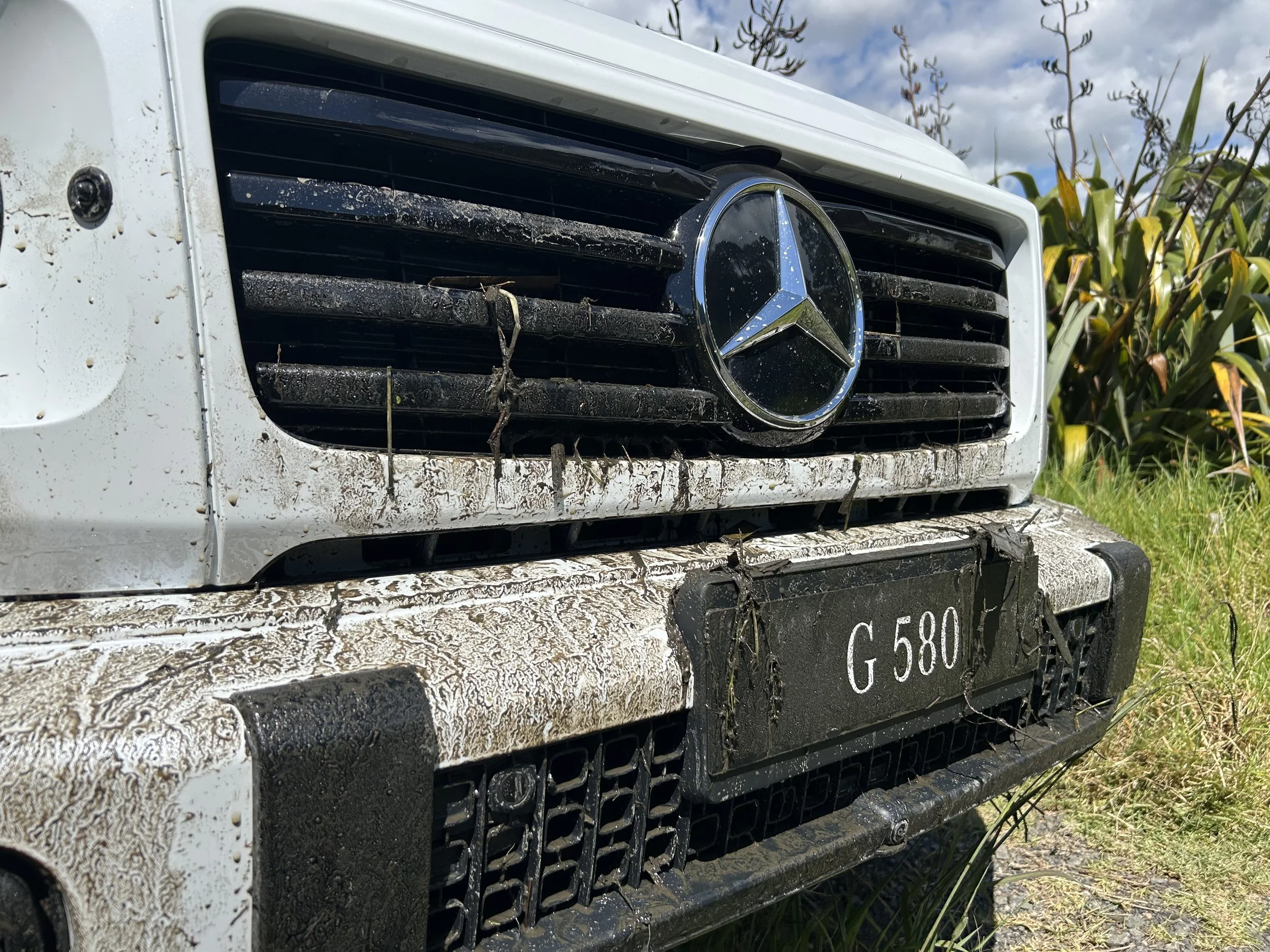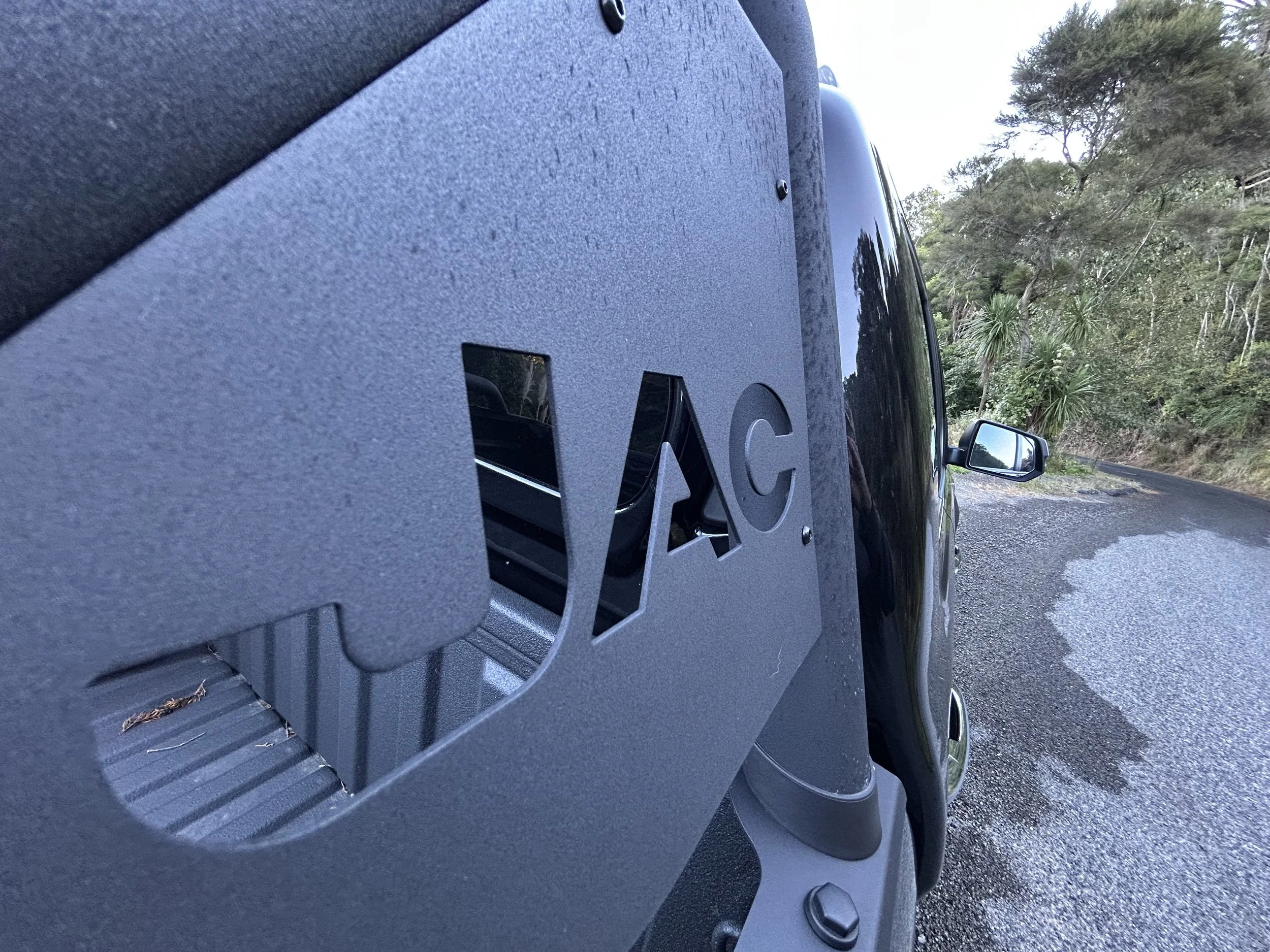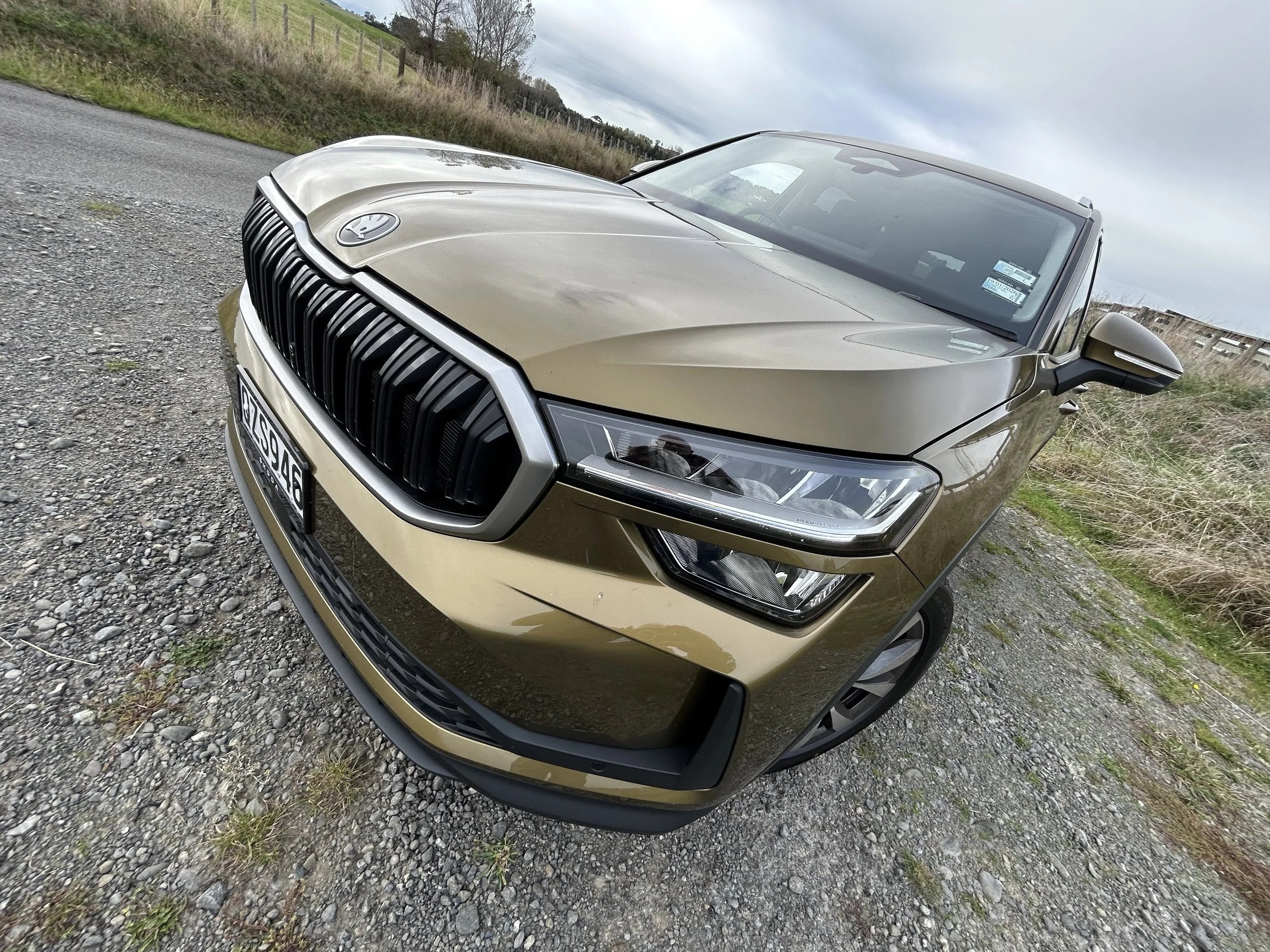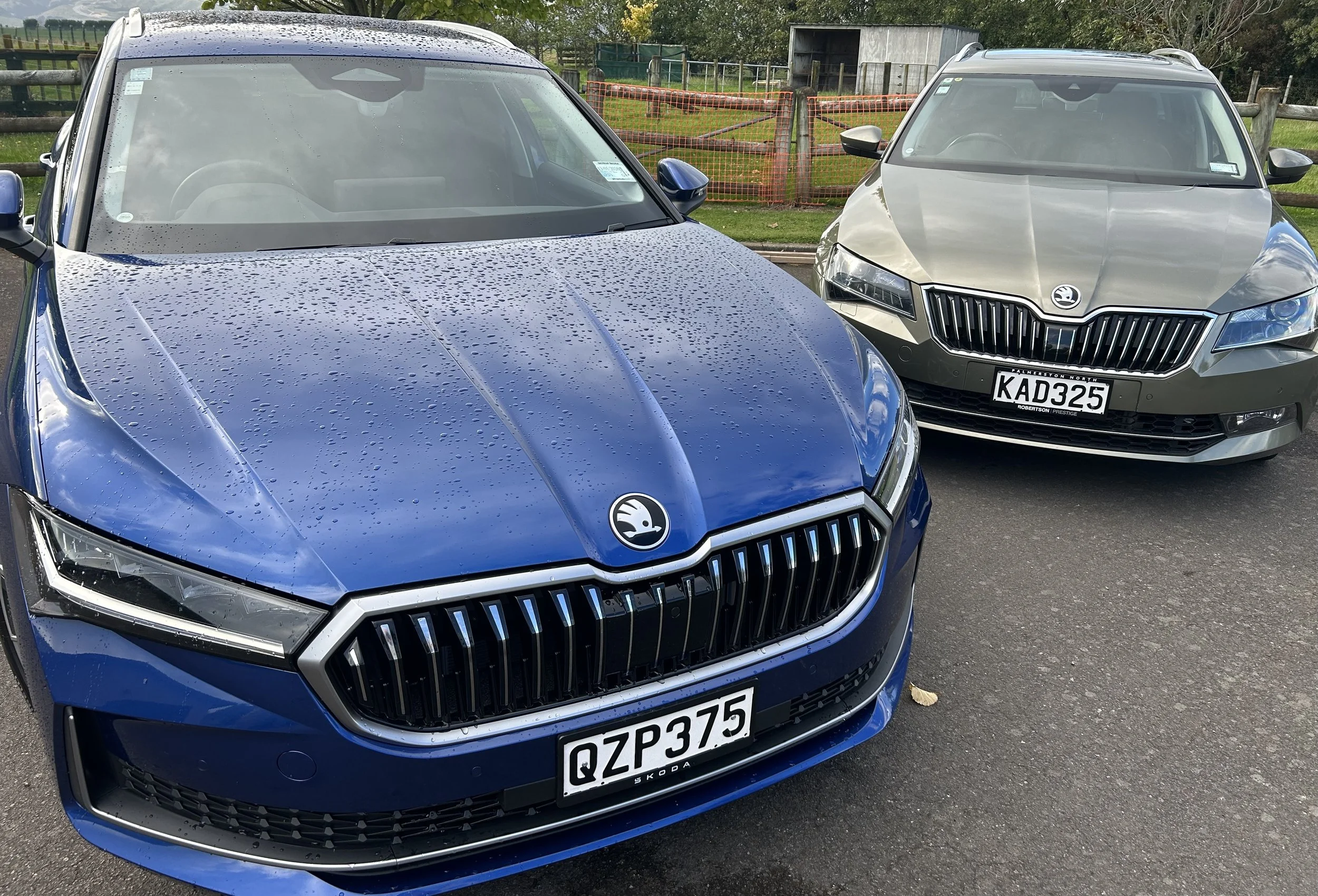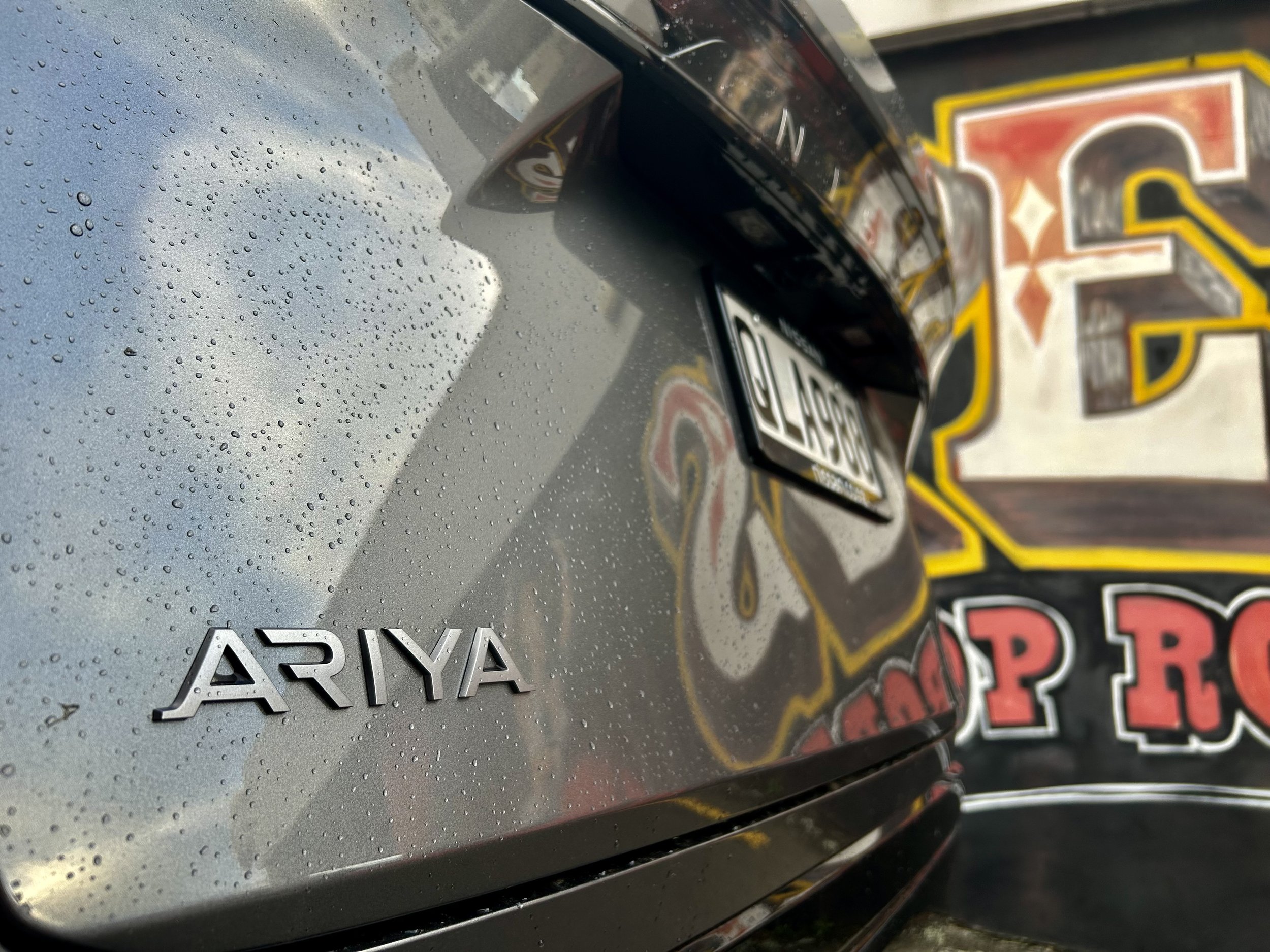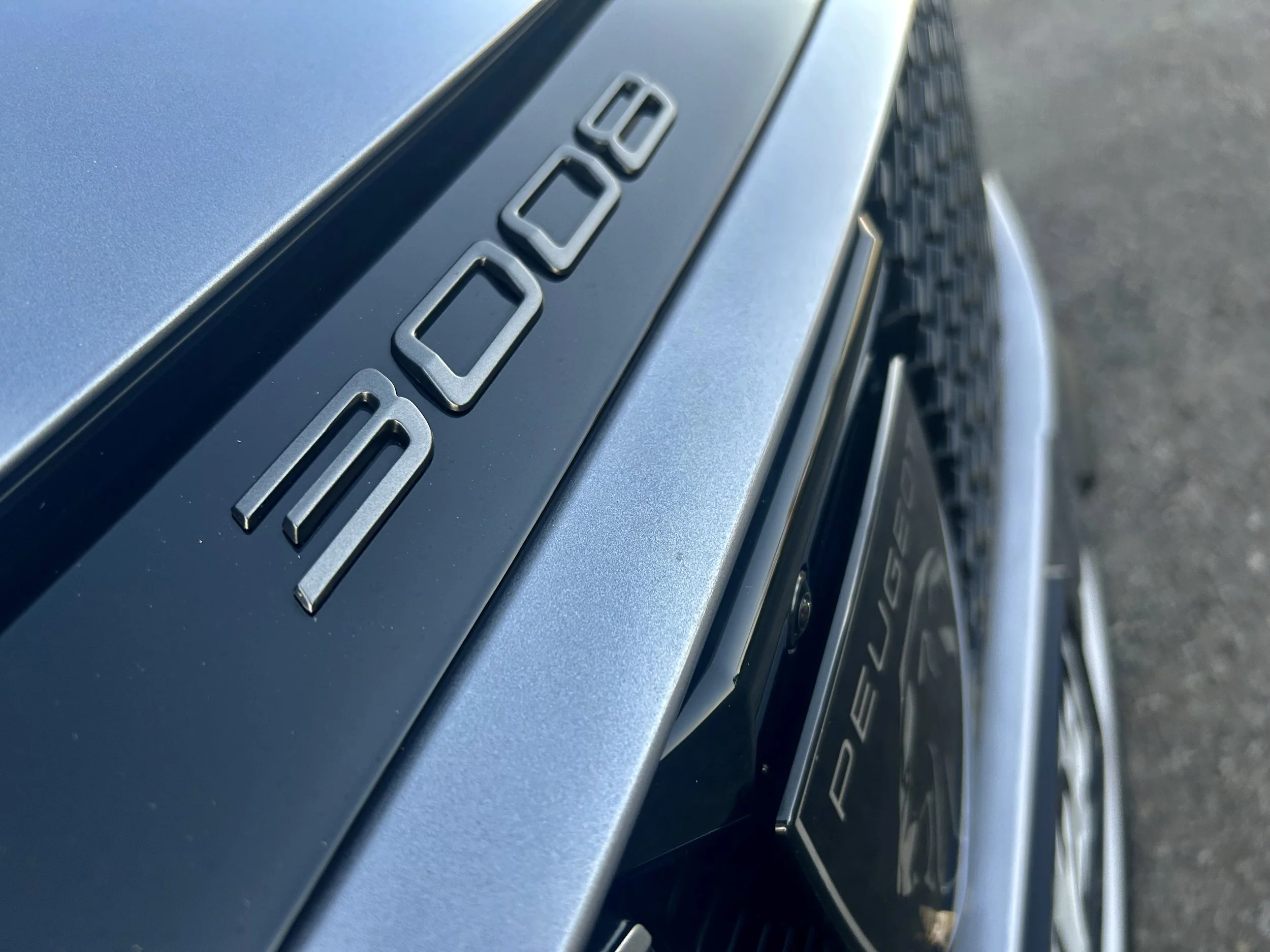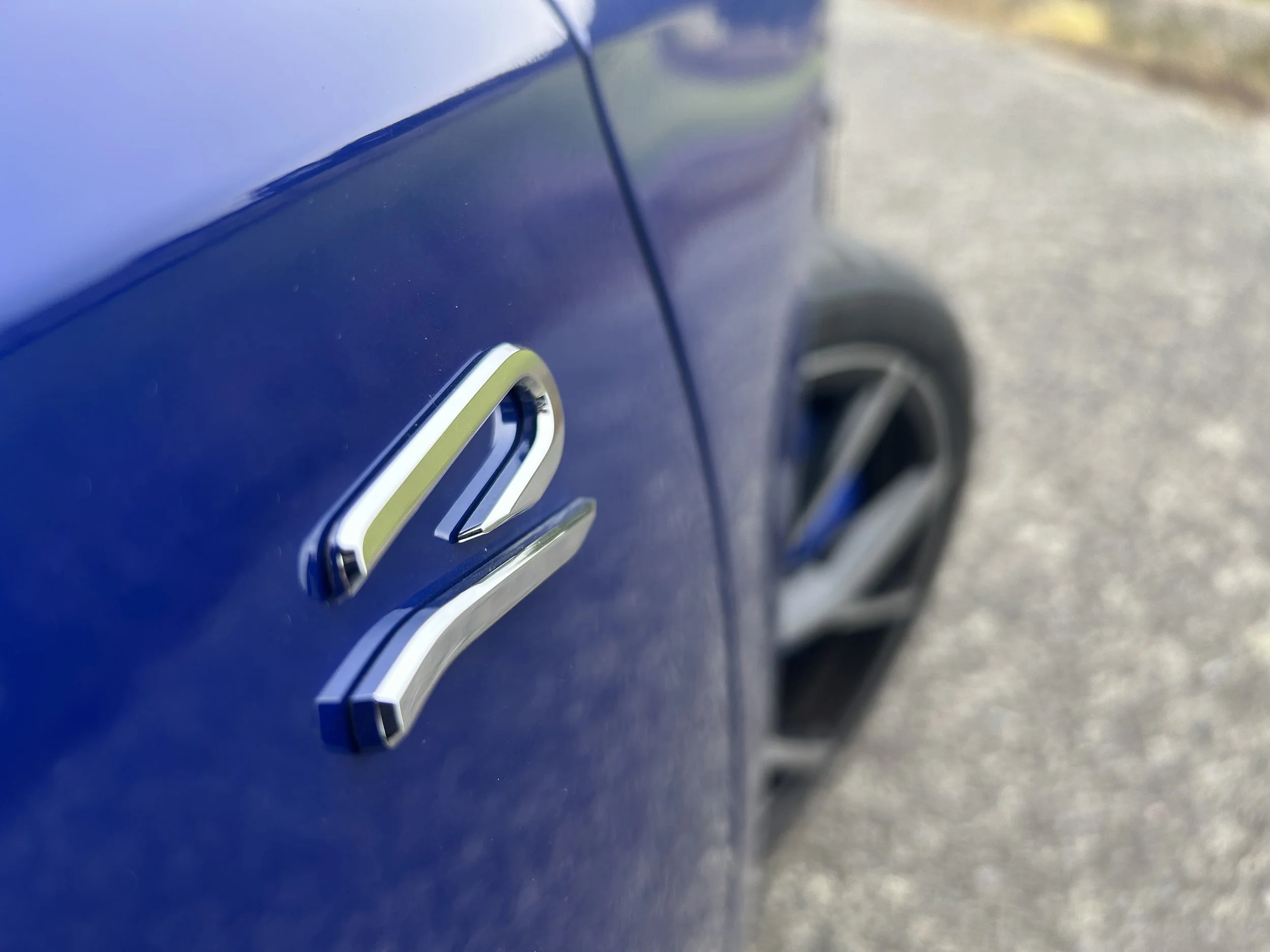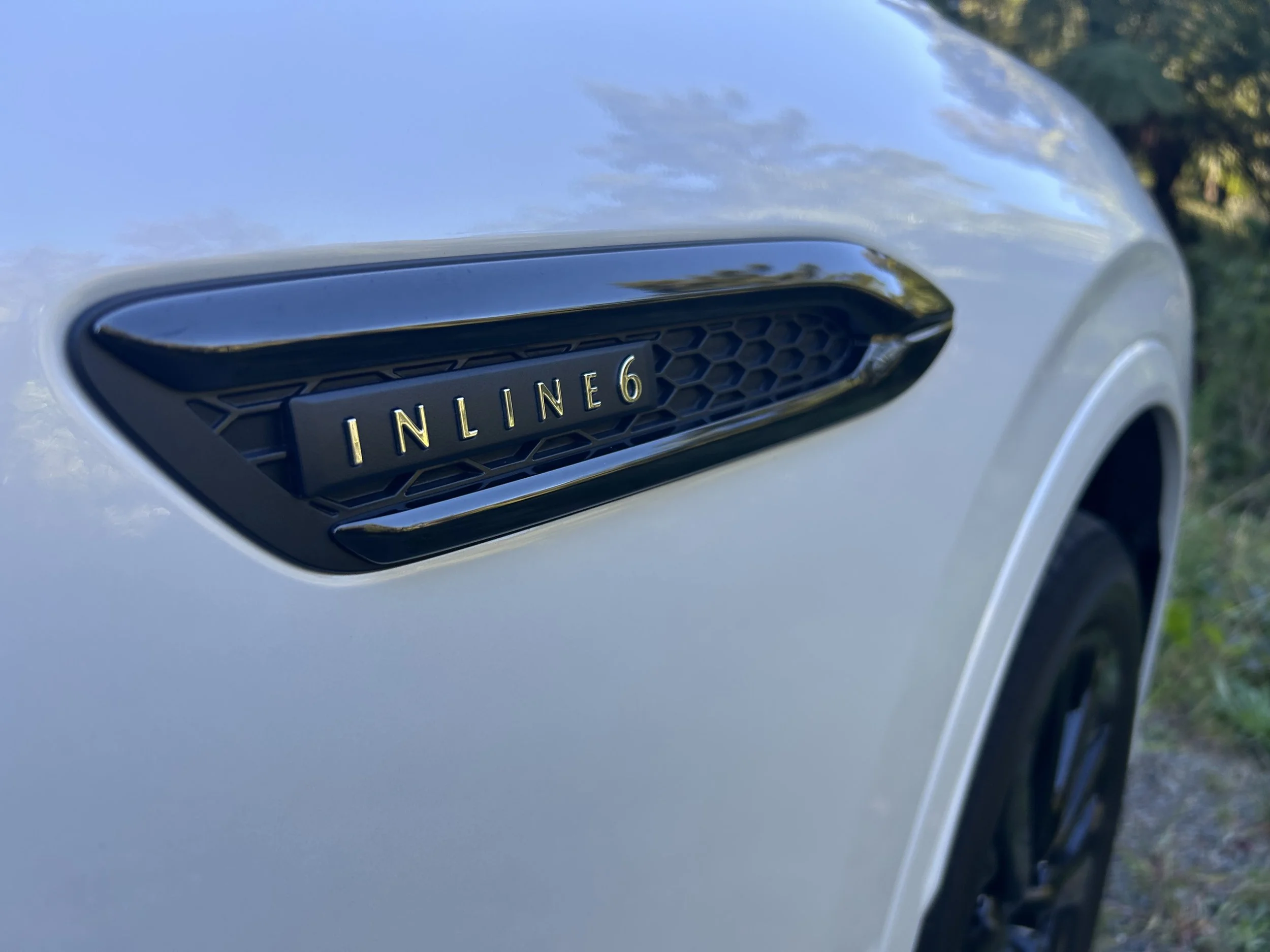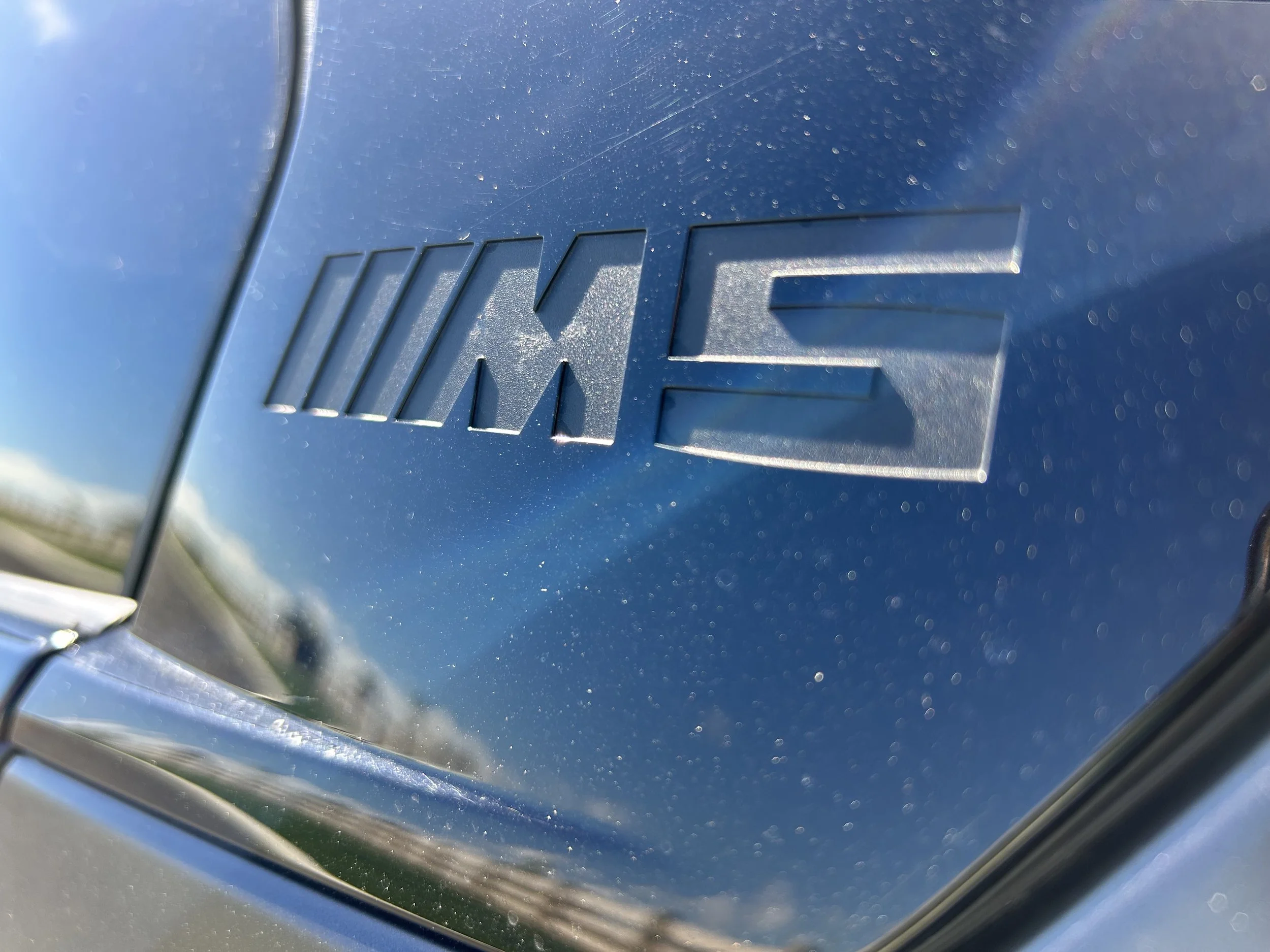Market almost a quarter down on 2019
/The new car market’s slump is becoming more pronounced.
DECLINING consumer interest, diminishing supply, a reflection of how a market looks when it isn’t being influenced by rental fleet demand?
All have been cited by various sources within the motor industry as latest registrations data, the count for August, further supports a hefty drop in new vehicle registrations year-to-date compared to the same period last year.
“Year to date the market is down 23.8 percent, which is consistent with recent months data confirming our expectations that 2020 will finish about 25 percent down on 2019 volumes,” says David Crawford, chief executive of the Motor Industry Association, which represents new vehicle distributors.
His thought about why? Well, it all comes back to coronavirus, of course – the pandemic has slowed the vehicle industry and purchasing globally.
Specifically, Crawford ventures, it reflects a weaker economy affected by Covid-19. As for local influences? Well, the MIA hasn’t ventured that far, but others within the industry, speaking on condition of anonymity, have.
One says it’s pretty clear, now, that some brands are having trouble achieving supply of new products. Looking at more precise datasets than those shared by the MIA reveals a lot more, he suggests.
Another says the year to date decline reduces significantly when rental counts are excluded. “August can be a big month for rentals. Take them out and the decline is more like eight percent year-on-year, which isn’t so bad all things considered.”
Fair call? Well, when rentals are under the spotlight, really just one brand is affected more than any other, and that’s Toyota New Zealand. Interestingly enough, in a state of the national chat with motoring writers during last week’s MY21 Hilux event, TNZ CEO Neeraj Lala touched on the impact the collapse of the rental market had on his volume, noting that the rental count year to date in 2020 was about 90 percent down on the same period last year.
In total, some 10,902 vehicles were registered last month, a decrease of 3623 units compared to September 2019.
The top three plate-ups were the Ford Ranger (663 units) leading the Toyota RAV4 (464 units), and the Mitsubishi Triton (360 units).
The MIA also note a spike in electric vehicle registrations, due mainly to the Tesla Model 3; dissemination of the latest shipment of presumably pre-ordered cars accounted for 139 of the 243 fully electric vehicle registrations. Additionally, 54 plug-in hybrids and 927 hybrids – the latter mostly Toyotas - hit the road.
Toyota was the market leader for passenger and SUV registrations with 16 percent market share (1,217 units) followed by Kia with 10 percent (801) and then Suzuki with 8 percent (625).
In the commercial sector, Ford retained the market lead with 25 percent market share (803 units) followed by Toyota with 13 percent (406) and Mitsubishi third with 11 percent (360).





